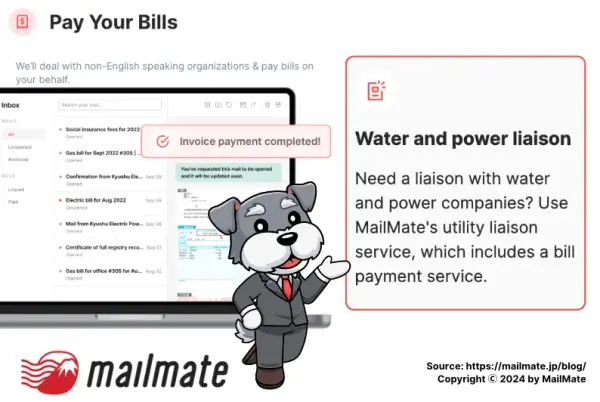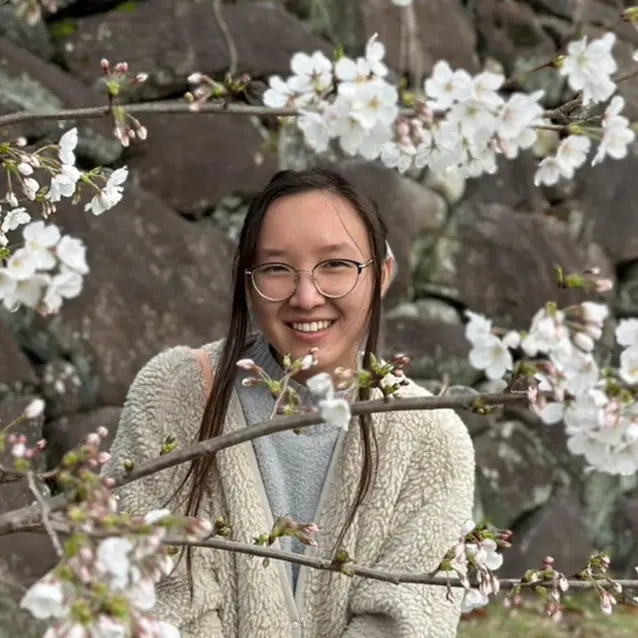Top Japanese Countryside Locations To Find Akiya Homes

Have you ever visited the Japanese countryside and thought about living there?
Well, that dream might become a reality as plenty of abandoned Japanese houses, called akiya, are up for sale.
The Japanese government estimates about 9 million vacant houses in 2024.
And so, this article is here to help you find an akiya in the Japanese countryside.
What is the Japanese countryside called?
A Japanese countryside, called inaka, usually has images of small villages, remote islands, and small mountainside towns.
Think of it like any rural area, so inaka is great for anyone who loves nature.
What is an akiya?
Akiyas, in short, are abandoned vacant houses, usually in the Japanese countryside.
In general, they are:
Cheap houses, practically a free house for some
Typically in rural or countryside areas
Often require some renovation or repairs
Houses often have a more Japanese traditional house plan
Why are there so many akiya in the Japanese countryside?
There’s an ongoing trend of younger generations in Japan moving to the city for better opportunities.
That trend, as well as the aging Japanese population, leaves plenty of houses in rural Japan abandoned and vacant.
Where to find an akiya in the Japanese countryside?
Like other real estate platforms, you can find akiyas all over Japan using akiya banks in Japanese and English.
Additionally, you can akiya in the Japanese countryside through word of mouth and searching the internet.
Where to find cheap houses for sale in Japan's countryside?
Here are the top 5 Japanese countryside with plenty of akiyas to search through and a gateway to Japan’s breathtaking natural world.
1. Tsubame City, Niigata Prefecture

Aerial view of Tsubame City | Tsubame Kankou
Tsubame City, in central Niigata, is the hub for craftsmanship and manufacturing, especially for its metal processing.
In Tsubame, residents have a slower-paced lifestyle in the beautiful natural landscapes. Plus, with low crime rates and great educational resources, you can find about 23 nursery schools and 22 schools for all levels.
Tsubame City is actively supporting new residents, including foreign ones, with incentives for younger families and entrepreneurs.
The city has a great affordable housing market, which includes akiyas for about 10,000 yen.
Plus, because of its location, you can still access Tokyo City with a Shinkansen ride in just under 2 hours.
Tsubame City’s akiya search site (JP) can help you find and apply for an akiya directly from the city government.
2. Kanayama Town, Onuma District, Fukushima Prefecture

Oshi, Kaneyama, Onuma District, Fukushima Prefecture
The Fukushima Prefecture in Tohoku is an attractive relocation option for its natural beauty, accessibility, and diverse industries. Their economy is well-diversified, with a strong emphasis on service, retail, agriculture, and fisheries.
Because of its location, you can easily be in Tokyo or Sendai via Shinkansen in just a few hours.
Specifically looking at the Onuma District, their Kanayama Town has famous majestic mountains and hot springs, making must-go rural destinations if you drive nearby.
In a location like here, you’ll have plenty of space for a garden and all the DIYing you have to do if you want to make the space to your tastes and needs.
You can check Kanayama Town’s akiya platform for the latest information about their status. You'll find plenty of traditional houses here.
3. Okutama Town, Tokyo

Okutama, Tokyo | Tokyo de Kurasu
While there aren’t many akiya houses for sale in Tokyo city, if you go all the way west to Okutama, you’ll find a place with great rural charm and a couple of decent akiyas available. And with its location 2 hours away from central Tokyo, Okutama is one of the most sought-after Japanese countryside locations for akiyas.
Okutama is the place to get away from Tokyo’s city, and there are plenty of outdoor activities, from fishing and hiking to stargazing.
The town itself has extensive childcare support, educational subsidies, and medical assistance programs, making it a great place for families to raise their children. Plus, its proximity to Tokyo makes having a weekend city-modern life possible.
Okutama has great affordable housing, and its 0 Yen Vacant House Bank system makes buying a house in Japan cost almost nothing. It matches property and land owners with people who want to receive it practically for free.
But you have to be quick with it; these properties always seem to be already in the process of being contracted.
4. Shiojiri City, Nagano Prefecture

Shiojiri City | Otameshi Nagano
In central Japan, Nagano Prefecture is known for its mountainous landscape and natural beauty, earning it the title "Roof of Japan."
Specifically, Shiojiri City is surrounded by the Northern Alps, which makes living here a scenic beauty in Japan's countryside. But it’s about a 20-minute drive from downtown Matsumoto, a convenient place for shopping and other daily activities.
Shiojiri City has plenty of subsidy systems to encourage people to move there. One example is their "Various Agricultural Entry-Related Subsidy System," where new farms can have collection assistance grants. Additionally, it’ll provide subsidies for agricultural machinery and equipment expenses and rain protection equipment.
Even if you’re not a farmer, families with young children can use the Childcare Fee Reduction System, where the government will assist with school supplies, school lunch fees, and overall childcare support.
In terms of akiya, Nagano provides an akiya bank website (JP) for anyone interested in buying a property there. You can even do trial housing to see if living is for you.
5. Tsuwano Town, Shimane Prefecture

Tsuwano Town | Metropolis Japan
The Shimane Prefecture, on the western edge of Honshu along The Japan Sea, is renowned for its natural beauty, cultural heritage, and historical significance.
While its mountainous area receives snowfall, the coastal areas have a milder climate. Its economy thrives on agriculture, forestry, fishing, and tourism from the Izumo Taisha Shrine.
For any family and newcomers, Shimane has a strong support program from “Kokoro Passport” to provide discounts for families at participating stores and the “Tegoshite Shimane” portal as a resource for information on marriage, pregnancy, and child-rearing.
The Shimane Prefecture’s akiya bank program makes housing affordable, including in Tsuwano Town, known as “Little Kyoto of Sanin.” Its surrounding hills make this town feel tucked into the mountains. Many properties here are older and will require repairs, but that allows residents and owners to renovate the property to their heart content.
Plus, Shimane’s Longevity and Child-rearing Safety Housing Subsidy makes living here with family and the elderly much easier.
Post akiya purchase procedure.
So you just bought an akiya. But now what? Here are a couple of post akiya purchase procedures to be aware of:
Paying property tax
There are two key property-related taxes to be aware of when you purchase property in Japan as well as owning one:
The first is the real estate acquisition tax (不動産取得税, fudōsan shutoku zei), which is a one-time tax imposed when the property is officially purchased.
Then there’s the fixed asset tax (固定資産税, kotei shisan zei), which the property wonder pays every year.
One major factor that foreigners don’t consider is that you need to be in Japan or appoint someone as your tax representative to ensure these and other taxes are paid. If not, the government can take back this house, causing you to lose ownership.
Mailmate tax representative solution
If you need to appoint someone as your tax representative, make it MailMate.

When you make MailMate your tax representative, they will handle all the paperwork and payments for your fixed property tax and real estate acquisition taxes.
Setting up utilities
Buying a property in Japan can mean little to no renovation or a complete makeover.
Whatever your choice, you want to ensure that your property has running utilities such as water, gas, and electricity.
Since these utility companies are in Japan, you have to call them JST time and schedule someone to be at the property as needed.
Sounds like a hassle? Well, it no longer is.
Get a utility liaison.
One of MailMate’s property services is for them to set up your utilities for you. You don't have to make a phone call in Japanese to schedule anything.

Plus, with MailMate, you can receive and view any utility bills and government notices on your MailMate dashboard.
All you have to do is click “Pay bill,” and your bill will be paid. Easy as that.
Frequently asked questions
How do you experience the Japanese countryside?
One of the best ways to experience the Japanese countryside is to drive around. You can rent a car and see where the road will take you. From the surrounding mountains, a coastal town, or even some farmland, the Japanese countryside is different when traveling around there.
Is the Japanese countryside expensive?
Living in the Japanese countryside is cheaper than living in urban areas. The average rent is half that in Tokyo, and people can purchase affordable houses. The cost of living, child support, and transportation is much cheaper than in a Japanese city.
In closing
So your Japanese countryside dream is an akiya away. Even if you are curious, look at what the Japan countryside has to discover.
Plus, many of Japan's rural areas have affordable options and local support programs, so moving there can be a breeze for anyone.
Spending too long figuring out your Japanese mail?
Virtual mail + translation services start at 3800 per month. 30-day money-back guarantee.

